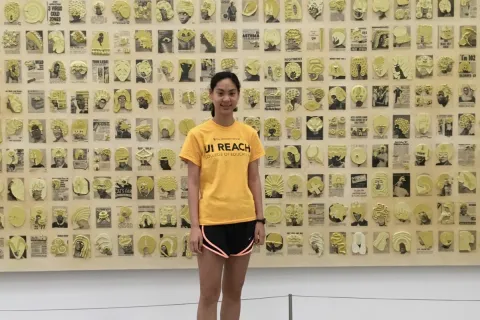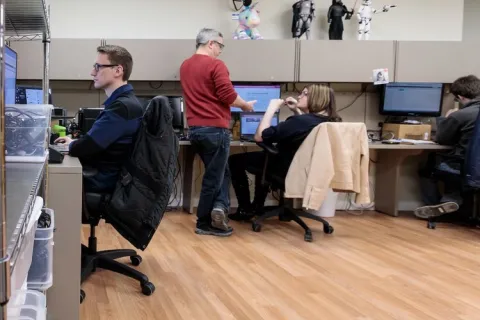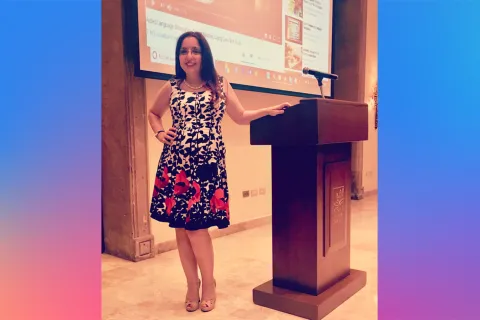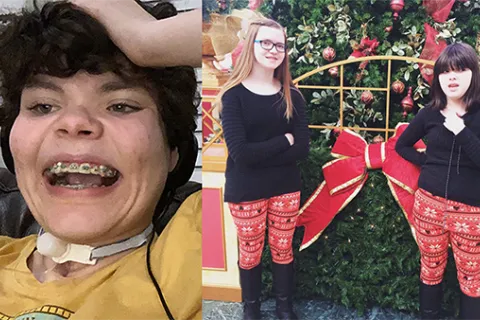Helping Peers Support Youth with Autism
Leading the Way: Autism-Friendly Youth Organizations
Many youth have had little or no experience interacting with people on the autism spectrum.
The best thing you can do to support their understanding is to create an atmosphere of open communication about the issues that may concern them. This type of atmosphere allows them to ask questions, get their curiosity satisfied, and can go a long way towards alleviating fears and embarrassment.
It is important to communicate with the parents of the youth with autism before sensitivity training is done to make sure what they are comfortable with in terms of disclosure. Some families may be comfortable with general training and acknowledgement of their child’s strengths and challenges to the class, but not with sharing the autism diagnosis. Other families are more open about their child’s diagnosis and are willing to be active participants in the education and sensitivity training. These are personal decisions that each family must make.
It is also important to keep in mind that some families may not have told their children about their diagnosis yet. Some children may know they have autism but may not want to share that information with their classmates. Again, these are individual decisions. The other consideration to discuss in advance is if the participant with autism will be present during the training.
Often a parent, caregiver or staff member who knows the youth with autism well can introduce him or her to other program participants. Out of respect, a more specific introduction can also be done when he or she is not in the room. It is important to present the participant as a person with unique abilities and similarities (a family, siblings, pets, love of music, favorite foods, video games, movies, etc.) while also sharing some of the challenges and differences that typical peers may notice or need to be aware of.
Modeling Positive Interactions
Creating an environment of acceptance, modeling appropriate behavior, and creating situations where youth with autism can readily interact will actively support inclusion.
- Allow youth without disabilities to look for solutions to problems and for ways to enhance the participation of the youth with autism.
- Prompt positive interactions if they are not occurring. (Example: “Joey, I bet Albert would like to play that game with you.”)
- When positive interactions occur, make sure to reinforce them.
- If either person gets off task or isn’t behaving appropriately , redirect their behavior.
- Step in if the situation is deteriorating. Sometimes a child will need to be removed for a time to cool off.








